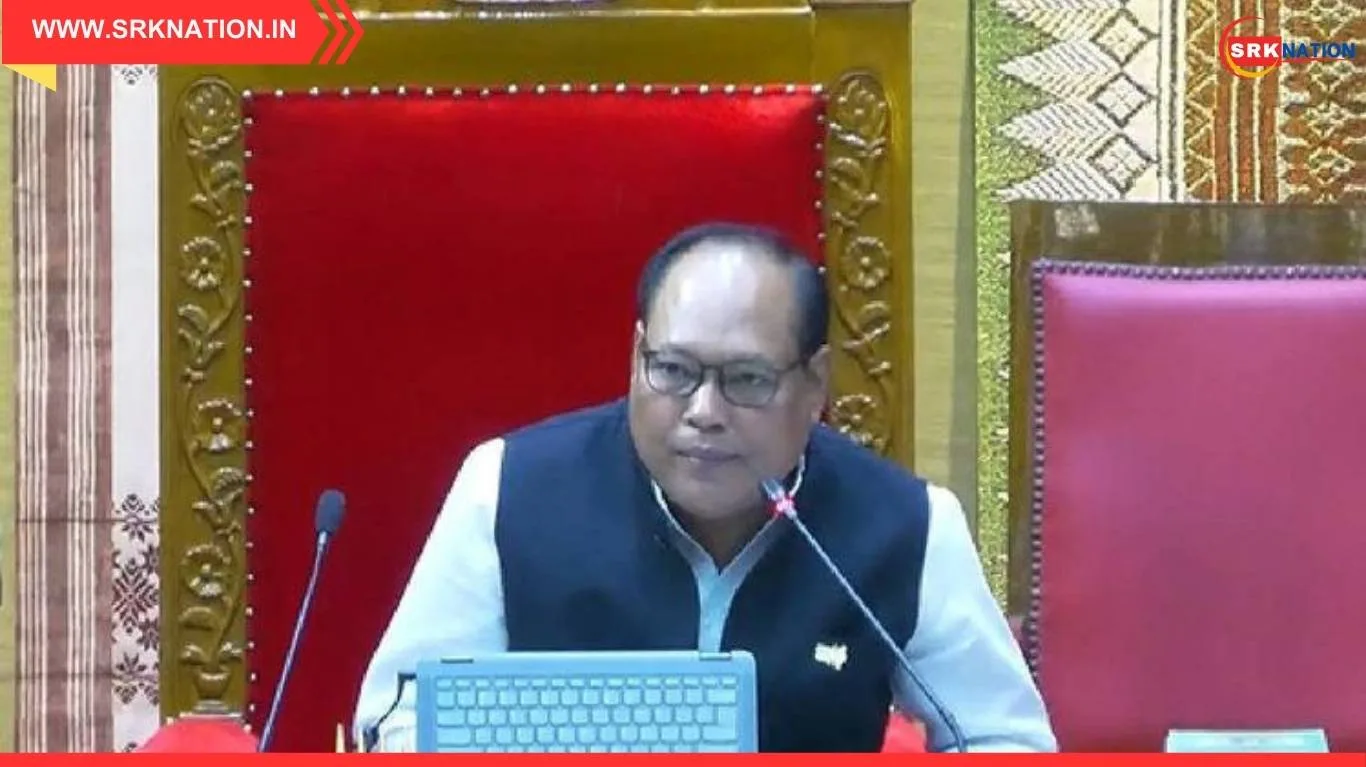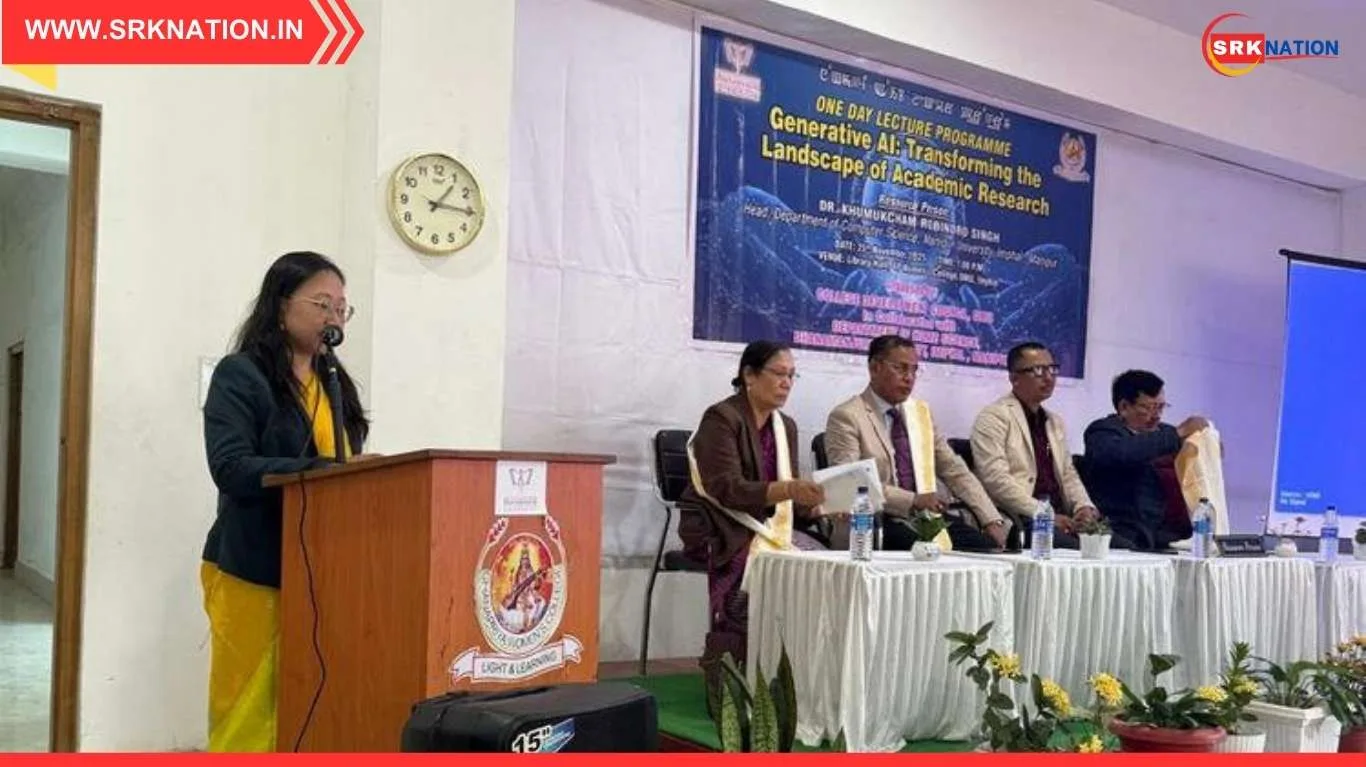A massive eviction drive is set to be launched in Alomganj area of Dhubri district, Assam, as the state government pushes forward with its upcoming ‘Advantage Assam 2.0’ industrial and infrastructure projects. The proposed clearances have triggered widespread concern among residents, who fear losing their ancestral homes, cultivable lands, and livelihoods in the process.
Why Is Alomganj Being Targeted?
According to district officials, the Alomganj area, located strategically along the Assam-Bangladesh border, has been earmarked for:
- Industrial logistics hubs under ‘Advantage Assam 2.0’, the state’s flagship investment promotion drive.
- Integrated border trade and export facilities to enhance economic connectivity with Bangladesh.
- Proposed river port and allied infrastructure projects to utilise the Brahmaputra for cargo movement under India-Bangladesh Protocol Route agreements.
Deputy Commissioner of Dhubri Roshan Ali told media:
“We have received instructions to clear encroachments on government and khas lands in Alomganj for upcoming strategic and economic projects vital to Assam’s growth.”
What Is ‘Advantage Assam 2.0’?
‘Advantage Assam 2.0’ is the state’s renewed industrial policy and investor summit initiative to attract domestic and global investments, following up on its first edition held in 2018. Key focus sectors include:
| Sector | Planned Projects |
|---|---|
| Logistics | Multi-modal logistics parks and warehouses |
| Agro-processing | Rice mills, oil mills, cold chains |
| Border trade | Integrated Check Posts (ICPs), export zones |
| Inland waterways | River ports under Brahmaputra connectivity plans |
Officials claim these projects will create thousands of jobs and improve export capabilities, positioning Assam as an industrial gateway to Southeast Asia under the Act East Policy.
Resident Fears and Ground Reality
However, residents of Alomganj allege:
- Lack of proper land surveys and public consultation before the proposed eviction notices.
- Risk of displacement of over 10,000 families, mostly poor cultivators, small traders, and daily wage workers.
- Absence of clear rehabilitation and compensation plans despite repeated petitions to the district administration.
Mohammad Sirajuddin, a local farmer, said:
“We have lived here for generations, farming these lands to feed our families. Now they want to evict us in the name of development without giving any written guarantee of resettlement.”
Political Reactions
The eviction drive has sparked strong political reactions:
- AIUDF MLA Hafiz Bashir Ahmed accused the government of targeting linguistic and religious minorities under the guise of development.
- Congress leaders demanded a humane approach, citing the Supreme Court directive that no eviction should take place without proper rehabilitation plans.
- BJP leaders maintained that encroachment removal was essential for economic projects, reiterating their commitment to lawful and fair compensation.
Legal Context
The Assam government cites its authority under:
- The Assam Land and Revenue Regulation Act, 1886, empowering removal of encroachments from government land.
- Gauhati High Court and Supreme Court orders mandating eviction of encroachers from forest lands and khas lands in public interest projects.
However, human rights organisations argue:
“Eviction without prior notice, proper resettlement, and livelihood rehabilitation violates fundamental rights under Article 21 of the Constitution.”
Impact on Livelihoods
| Community Group | Expected Impact |
|---|---|
| Small farmers | Loss of cultivable land and income source |
| Daily wage workers | Disruption of local markets and employment avenues |
| Women-headed households | Increased vulnerability without alternative housing |
| Children | Discontinuity in education due to displacement |
Government’s Assurances
District administration officials stated that:
- Detailed socio-economic surveys are underway to identify eligible beneficiaries for rehabilitation.
- Eviction will be carried out in phases with “minimum inconvenience to affected families.”
- Skill development and job linkages under ‘Advantage Assam 2.0’ will be prioritised for displaced residents.
However, community leaders remain sceptical, demanding written assurances, land-for-land compensation, and allocation of alternative housing before any demolition.
Expert Opinions
Urban development expert Dr. Bhaskar Das remarked:
“While industrial expansion is vital for Assam’s economic growth, unplanned eviction can create a humanitarian crisis and social unrest. Globally, successful relocation projects focus on participatory planning and adequate compensation.”
Eviction Drives: A Recent Pattern in Assam
The Alomganj eviction plan follows similar drives in:
- Sipajhar (Darrang): Over 800 families evicted in 2021 for agro-industrial projects.
- Silsako Beel (Guwahati): Large-scale demolitions for urban lake reclamation.
- Lakhimpur and Sonitpur districts: Evictions for forest protection and flood management projects.
These have often resulted in protests, legal challenges, and criticism from civil society groups.
Possible Resolutions Ahead
Analysts suggest that to avoid prolonged tensions and litigation, the Assam government should:
- Conduct transparent land surveys with community participation.
- Provide written rehabilitation and compensation packages before eviction.
- Link resettlement with livelihood restoration plans, especially in rural agricultural areas.
- Create a grievance redressal mechanism involving local representatives and NGOs.
Conclusion
As the ‘Advantage Assam 2.0’ vision unfolds, balancing industrial expansion with human rights and inclusive development remains the biggest challenge. The coming weeks will determine whether Alomganj becomes a model for participatory growth or another flashpoint in Assam’s contentious eviction history.
Disclaimer: This report is based on statements from government officials, affected residents, and political leaders. Readers are advised to follow official notifications for final eviction schedules, compensation packages, and rehabilitation plans in Alomganj, Dhubri.











